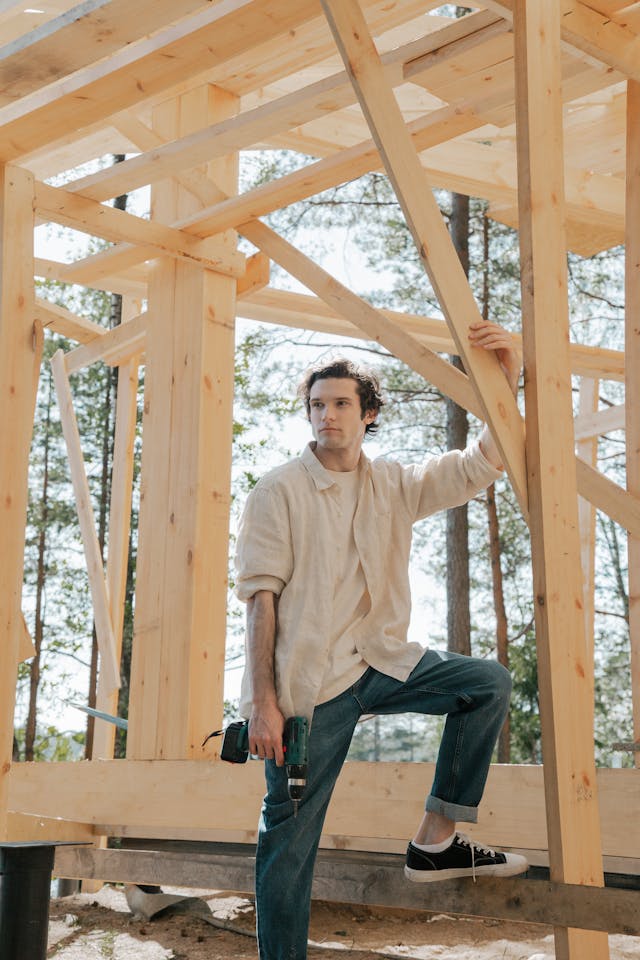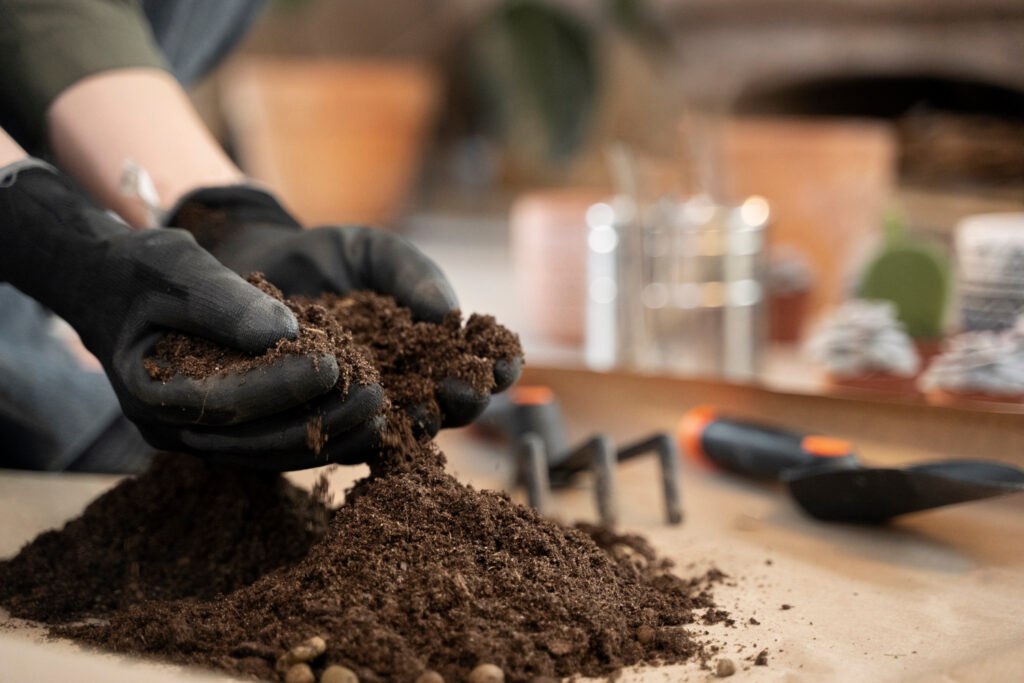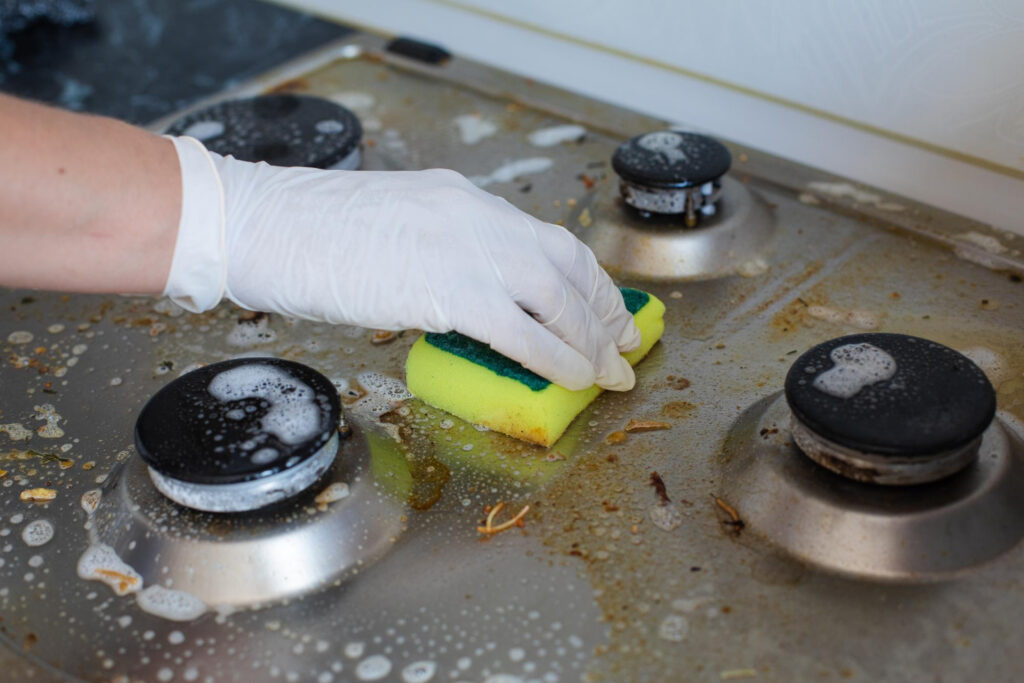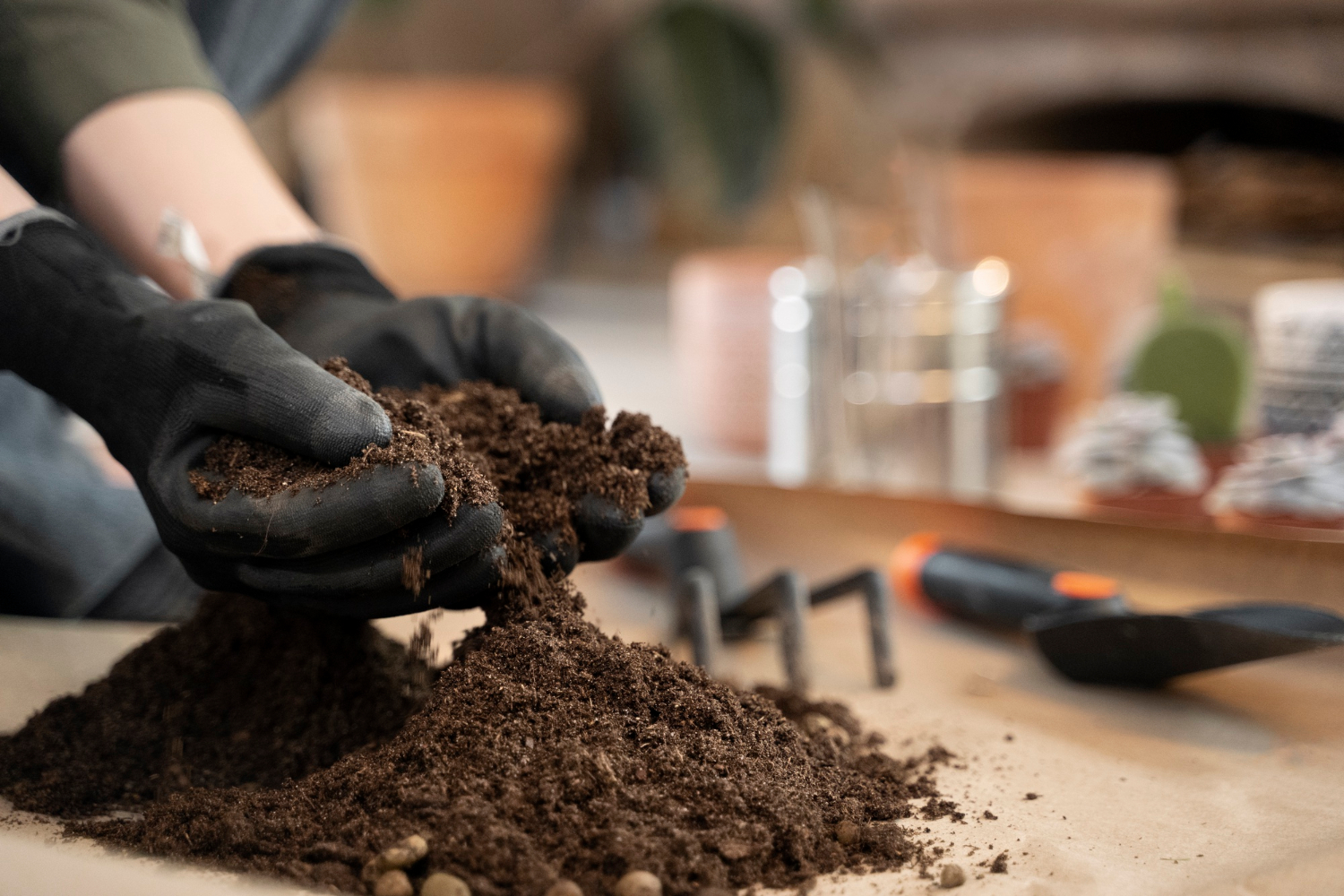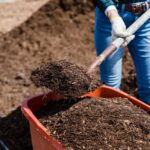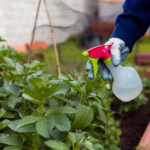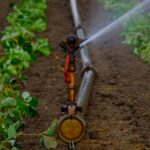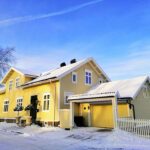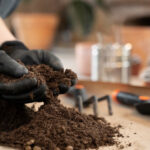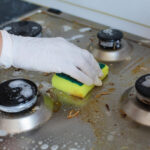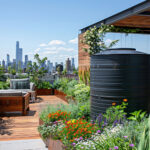Now Reading: Winter Proofing Homes: Smart Strategies for a Cozy Season
-
01
Winter Proofing Homes: Smart Strategies for a Cozy Season
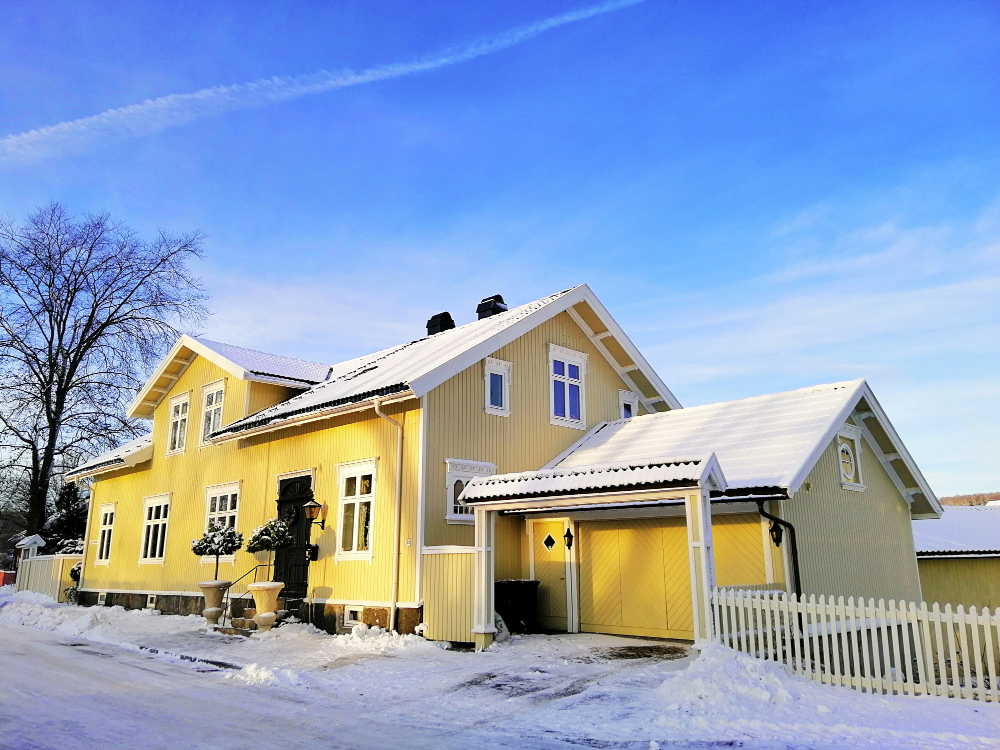
Winter Proofing Homes: Smart Strategies for a Cozy Season
Introduction
We can deconstruct it–when we say winter proofing homes we are not referring to turning the thermostat up. It is all about building a strong, cozy place that will withstand winter storms, snowfalls, wind ice, and that terrifying first cold snap. To homeowners in cold conditions, snow, and even the result of snow removal by a snowplow pushing the driveway, it is about ensuring that your house is warm, dry and safe. This simply translates to planning on how to manage everything between snow shovel chore and possible winter power outage and ensuring that your insurance covers any type of home winter preparedness enhancement.
Winter proofing homes satisfies most winterization requirements: insulating existing homes, sealing drafts, covering pipes and roofing and minimizing the risks of frozen pipes and ice dams. It relates to other crucial home improvement articles: Fire and safety tips, Minimal repair hacks and Air quality improvement hacks and one more article is Reducing electricity and water usage. They all contribute to the development of a plan of a really home comfortable winter.
In this paper I will take you on a step-by-step, human-centric roadmap to winter proofing houses, including insulation, draft sealing, water systems, heating, safety, maintenance and eco choices. Tuck on your weather resistant shoes (at least pretend to have them) and we should roll our sleeves.
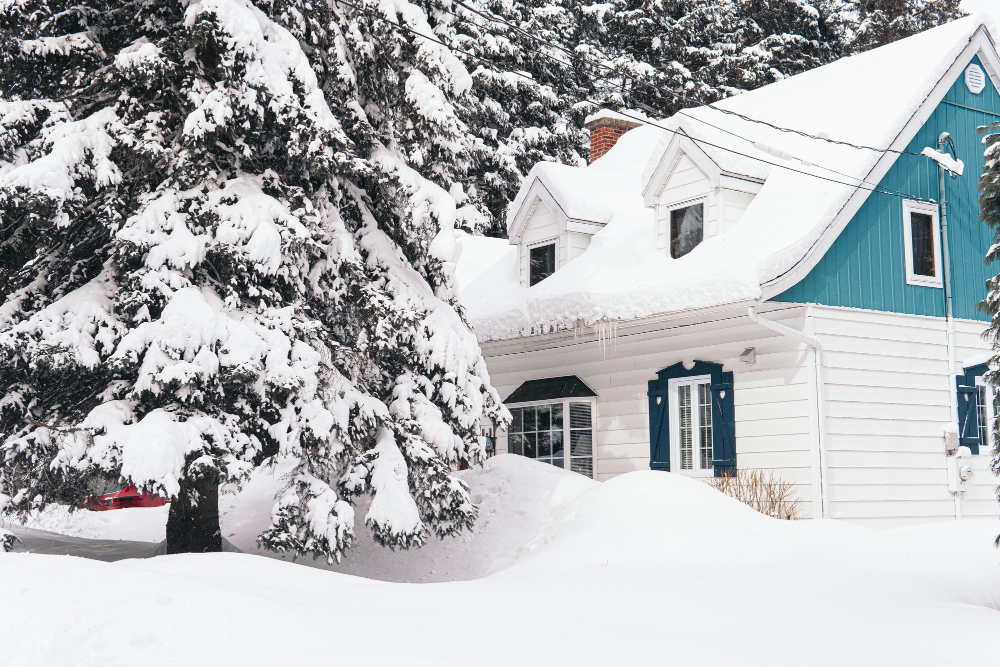
Knowledge of insulation and heat retention
The way insulation operates in winter proofing houses.
Insulation is your first line of defence when you are considering winter proofing homes. Insulation offers protection against the flow of heat–that is, it retards the escape of the warm indoor air into the cold out of doors, and it prevents the rush of the cold air inwards. With the cold weather, the frooding temperatures and the snowing up on the ground, that resistance counts. An under insulated house is like a sieve, and your furnace is forced to overheat and your utility bills are going to skyrocket.
Fibers (fiberglass, foam, cellulose) types of insulation materials
Some of the materials you will find when deciding on winter proofing of homes include:
- Fiberglass (lose-fill or batt): popular, inexpensive.
- Cellulose (blown-in): can be used as a retroactively filled attic or wall cavity.
- Spray foam / rigid foam board: This is more expensive, but it is good at air-sealing and has a better R-value.
All of them possess their own strength as fiberglass is a good deal, spray foam is better at sealing air gaps, and cellulose is a decent retrofit of an older house. It is all a matter of using the appropriate insulation on the area (attic, wall, basement) and climate.
Advantages of energy efficiency by proper insulation
The following are the benefits of committing to winter proofing homes through improved insulation to you:
- Has a warm comfortable house even when there is a snowstorm, heavy snow or a snow storm.
- Lessens heat loss on the roof, walls, attic and floors- one reference provides up to 20-30 increased reduction of heating energy consumption.
- Reduces risks like the development of ice dam (when the heat escapes into the attic, melts the snow on the roof, and refreezes on the eaves (avoided).
- Improves the value and comfort of your home over the years, because when you start thinking of winter-readiness of your home, the insulation will be a part of the investment.
I recall one case of assisting a homeowner whose upstairs rooms were an ice-box and yet the downstairs was warm. Cellulose insulation was installed in the attic and dozens of snowfalls later, we never felt cold in those rooms. That is the strength of insulation when one is serious about winter proofing of homes.
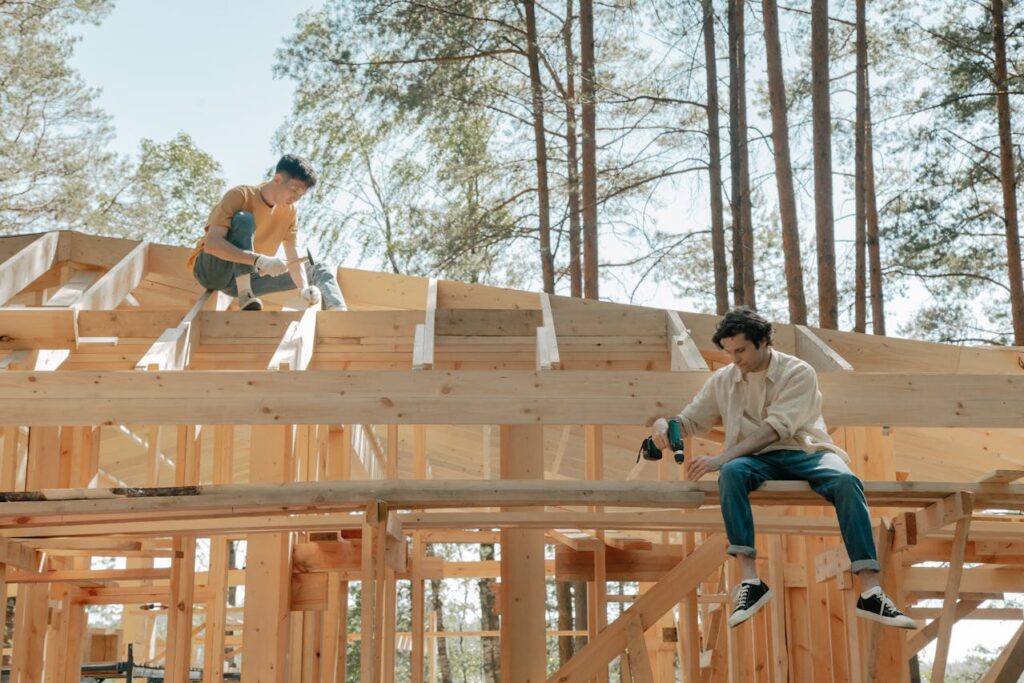
How to determine the insulation in your home
Guidelines on testing present levels of insulation
It is prudent to make a genuine check before you go on to add more insulation. To winter proof homes you will want to:
- Inspections: inspect your attic: determine insulation thickness. Assuming that it is thin, settled or patchy, then you may have a problem.
- Apply infrared or blower-door testing (or have somebody hired) to determine areas of heat loss.
- You can check the performance of your home on snowfalls or cold snaps – in case the snow melts strangely on your roof, it can mean that there is a leak of heat through your attic (which results to the formation of ice dams).
- Create beauty by looking in older houses in particular: much older housing was not insulated, or was insulated poorly. A single suggestion is as follows: When it cools down and you feel cold air around the exterior walls or cold flooring during the winter months, you may require additional insulation.
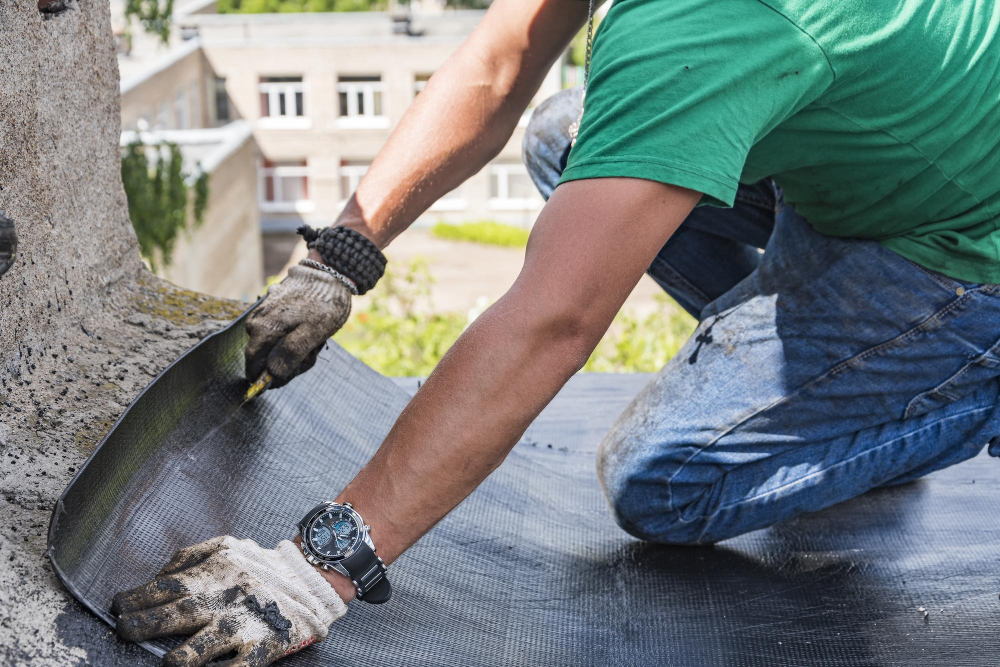
Finding places where improvements can be made (attics, walls, basements)
Some hot zones are likely to lose heat when winter proofing homes:
- Attic and roof: the warm air can escape to the covered snowed roof through any gap (poor when the snow is lying on the roof).
- Exterior walls: older houses can be insulated less or not at all.
- Basements/crawl space: cold floors and bare pipes may cause freezing or inefficient freezing of heat.
- Windows and doors: again, not in the traditional sense of insulation, but absence of insulation coupled with drafts is a severe detriment to your work.
- Shingles on the roof and roof structure: in case the roof becomes unheated, the snow can melt at different rates and the ice will accumulate and destruction will take place.
In my case project on home improvement, I discovered that the appearance of an attic was decent as it was seen through the stairwell, but the insulation was compressed and the rafters had some gaps. Once the stairs were properly insulated and the edges closed the upstairs floor felt quite warmer even when it plummeted outdoors. That is what you want to achieve with tangible change when winter proofing homes.
Sealing drafts and air leaks
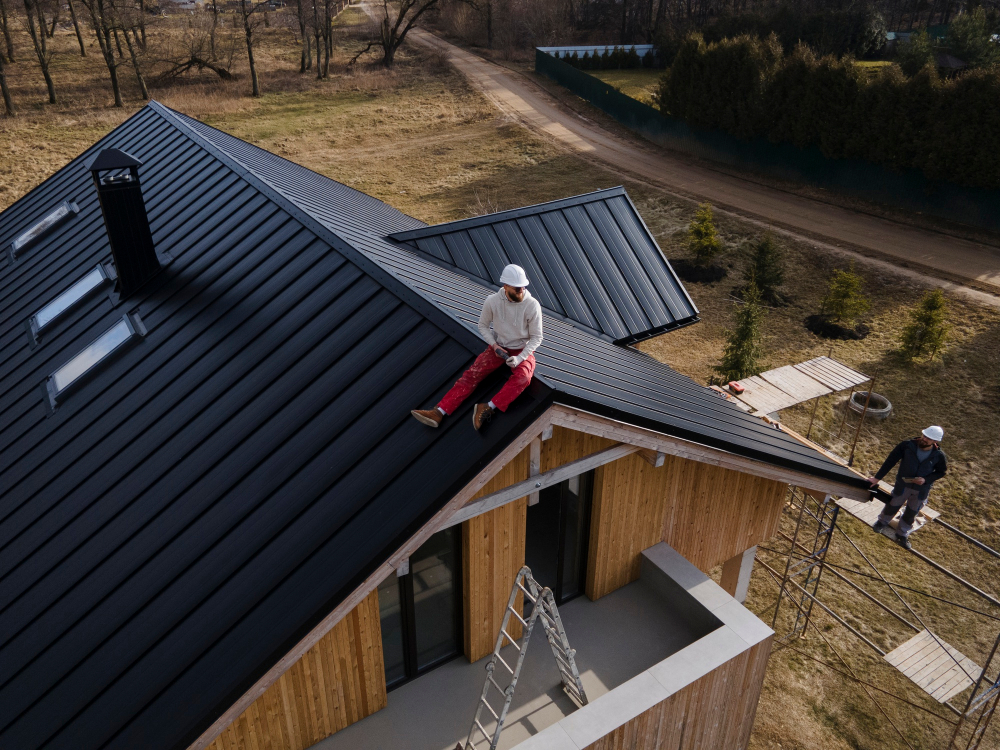
Sources of draft in houses that are common
Drafts are cunning – when you are planning on winter proofing houses, the drafts spoil your best insulation. Common leak points:
- Perimeter A window and door (especially single-pane or old-fashioned frames).
- Attic access, cellar access, garages-houses.
- Exterior walls Vent pipes, plumbing penetrations, electrical conduits in exterior walls.
- There should be no gaps around interior/exterior walls and roof eaves.
When you sense the cold air coming in that means warm air is seeping out somewhere- a two-fold blow.
Methods of detecting air leakages (smoke test, candle test)
The following are the practical methods of leaks detection:
- Candle or incense test: one should hold a burning candle over a suspected area and see whether the flame wavers.
- Smoke test: take a smoke pencil or incense in the vicinity of openings, observe the direction of movement of the smoke (inwards or outwards).
- During the windy night: walk around the house with windows closed, feel cold points by hand or even a thermal camera in the hands.
These are the ways to locate the places where the envelope of your house is weakened in order to have a full-scale winter-proofing home.
Weather stripping (caulk, door sweeps, etc.) is also crucial
Once you find leaks, seal them. Techniques include:
- Seal around window and door frames, in plumbing/electrical penetrations.
- Weather strip door and window sashes to prevent the entry of cold air and the exit of warm air.
- Attach door sweeps beneath exterior doors to close the space beneath the door.
- Install storm doors or insulated doors where possible–that equipment of the home winter-ready grade.
- Apply additional layers on old windows like window insulation kits.
Repairing drafts may not appear to be much, yet when the snow gathers, the snow melts or when the wind blows icy, there the few points of heat loss appear. Snow blowers and snow shovels, clean the driveway, all this to have the outside clear, but when your house is leaking heat inside, it is of no use.

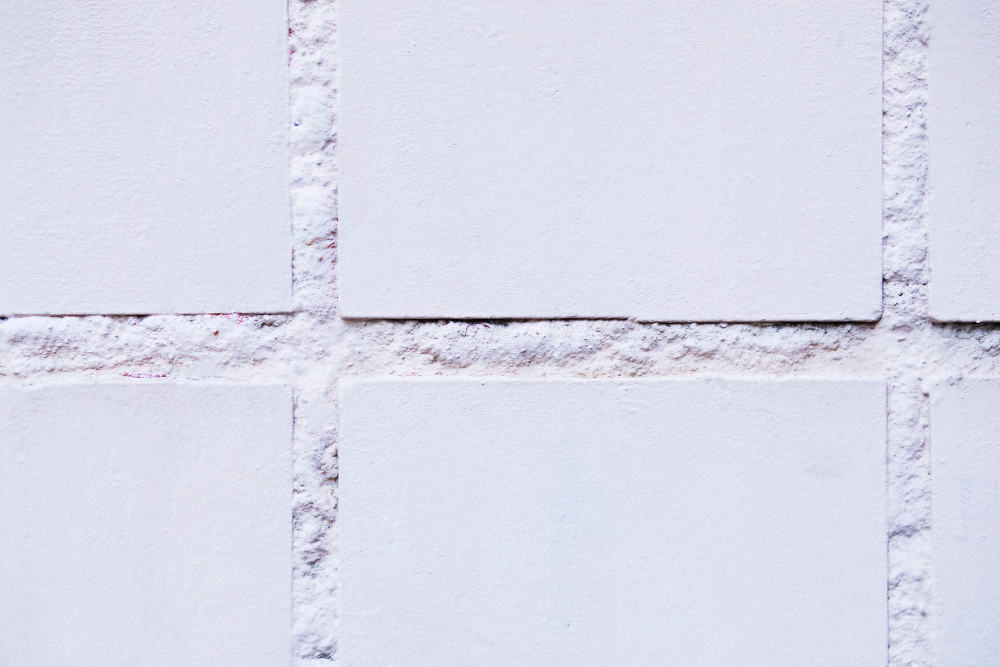
Securing pipes and water systems
Pipes and possible destruction
In winter proofing houses, the pipes should not be left out. Freezing is a major risk. Pipes that are not insulated and leak cold air into the walls or crawl spaces may become frozen, break, and lead to significant damages (water flooding, mold, homeowners insurance claims). Those excessive snowy is often accompanied by falling temperatures and the possible blackouts. Your heating system will fail and unless your pipes are insulated, you will be in trouble.
Insulating open pipes and heat taping
To mitigate risks:
- Determine open or exposed pipes (basement, crawl space, exterior walls).
- Install pipe insulation sleeves or wrap- fiberglass or foam.
- When in very hot weather conditions, use electrical heat taping (approved by a licensed electrician) to maintain safe temperatures of pipes.
- It is a possibility to leave a slow drip of faucets leading to exterior walls to prevent complete freeze.
The house of one of my acquaintances was constructed on a slab and when plumbing was done; it was placed on the outside wall. We put a covering on those pipes and provided surveillance in a week of negative temperatures. At a great cold snap of the outdoor thermometer the pipes remained unbroken, zero bursts, zero damage. That is where we want to be when winter proofing houses.
Remedies on how to keep water flowing in extremely cold weather
- Turn off outside hose and empty them to avoid freezing of the backflow.
- Seal drains or sump pits in basement floors.
- It would be prudent to consider having a standby generator in case you reside in an area where power interruptions are common during winter seasons; having heat on would also allow you to keep your water systems warm.
- Open interior doors to enhance water pipe circulation around plumbing walls in the event of freeze.
- Check your house against the signs of indicators such as frost on the pipe surfaces, abnormal sounds in the plumbing that may be leading to freeze.
Proper insulation and air-sealing, along with protection of the pipes, will have taken care of several fronts of winter proofing of homes.
How to get your heating system ready
Significance of maintenance of heating systems
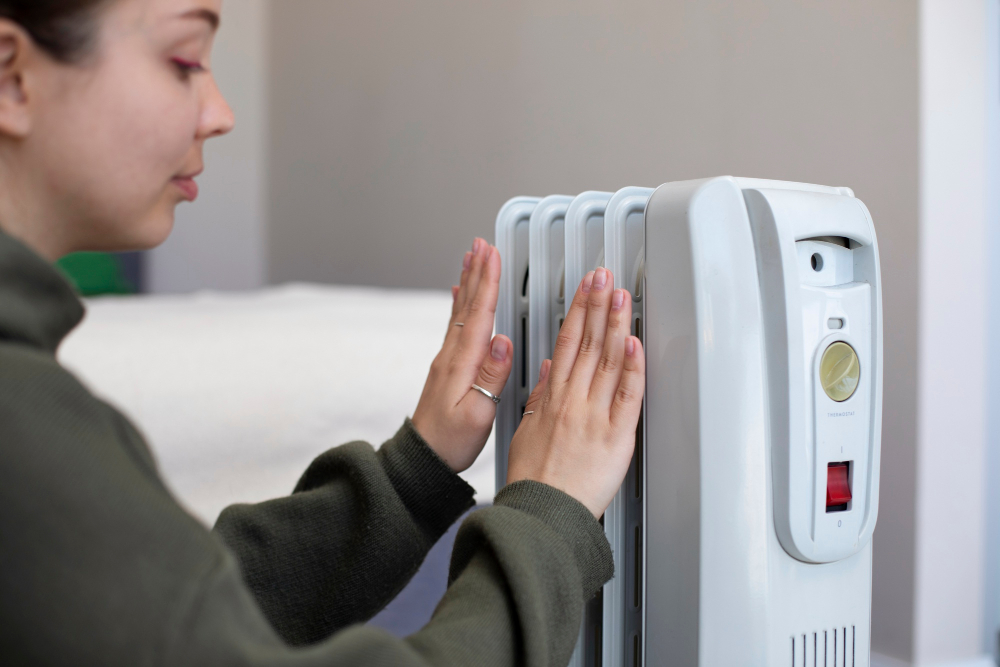
An essential aspect of winter proofing houses is that you need to make sure that your heating system is up to heavy duty work. You have an oven, a boiler, heat pump or a wood stove, routine maintenance will cut down on the breakdowns when they are most needed in winter. Filter replacement, vent inspection, flue / chimney check, thermostat check. Failure of an unserviced system may occur at the time when you need it the most.
Checking/Servicing furnaces/Boilers steps
Here are steps:
- Arrange a professional check up prior to the first falling snow: inspect burner, heat exchanger, controls.
- Clean or change filters; check that there is no obstruction to air movement.
- Check ductwork to ensure that it is not leaking, not to keep it comfortable, but to prevent cold air from getting inside.
- In boilers, boiler levels, boiler vents, boiler pumps, boiler safety.
- Test thermostat (you do not want 18 o C rooms when you wanted 22 o C).
- Have chimneys cleaned or swept out, should you have a fire-place or burner of wood; get soot off, and clear out flue-opening of snow. This is connected to Fire and Safety Tips where the presence of carbon monoxide risks can occur due to the presence of a blocked flue in heavy snow or ice.
Reflections on other heating options (space heaters, fireplaces)
- Space heaters: convenient but also make sure that they are certified, they are placed safely and never left unattended. Incorporating this subject appears in those types of Small Repair Hacks and Fire and Safety Tips.
- Fireplaces or wood stoves: excellent as far as additional heating is concerned but make sure that you check drafts, chimney, cold air returns, etc.
- Standby generator: Home standby generator is a good investment to ensure you have heater running even during winter power failures so you do not get a roll of frozen floors, frozen pipes and increased chances of causing damage. A home winter prepared system takes into account backup power.
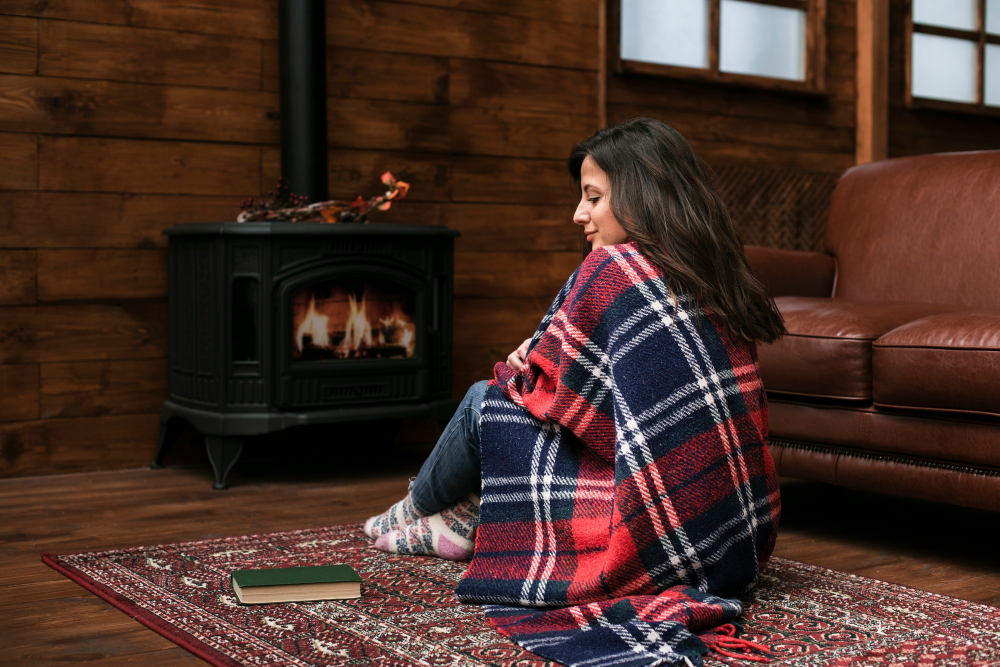
In one of the old houses where I was working the homeowner sneaked in a space heater when we were insulating and sealing. A combination of a properly sealed house + an operational heating system + an understanding of fire prevention proved to be the difference between a week of rainy winter weather followed by a single week of snow and sub-zero temperatures.
Winter weather safety
Significance of carbon monoxide detectors
In winter, your home will be closed, heating will be more active and fireplace will be lit longer and the probability of carbon monoxide (CO) will be more dangerous. CO detectors should not be forgotten when winter proofing houses. CO is a silent killer in case of blocked vents due to snow, partially frozen flue, system malfunctioning, etc.
Fire prevention on the use of heating appliances
Here we can associate in “Fire and Safety Tips” of course.
- Make sure space heaters have tip over and over heat protection.
- Store combustibles (furniture, bedding, curtains, etc) off heaters and fireplaces.
- Clean chimneys and fireplaces, make sure that snow has not covered flues and ventilation.
- Always keep heaters based on combustion under supervision or do not leave them to use overnight unless they are made to be used continuously and safely.
- Add smoke alarms in the winter checking list.
First aid kits, flashlights, food supplies etc.
Winter storms may cut off power, heavy snow may separate your house, or they may cut off your heat. True winter proofing homes is being prepared:
- First-Aid kit, Flashlights, additional batteries.
- Food that is not perishable, drinking water, blankets.
- Snow shovels/snow blower prepared: snowing and floods may leave you trapped at home.
- Be aware of weather alerts (icy winds and freezing rain and snowfalls), and outage measures by your utility.
Another amazing experience: when the power went off in our street due to a snowstorm, neighbors went out clearing the roads with snow shovels in their snow, and in one house people were warm because their generator and blankets kept them warm. Such is the reward of winterizing houses when the weather has it in.
Winter preparation maintenance for winter proofing homes
List of winter maintenance procedures
The following is an example of a winter proofing checklist of homes:
- Clean the gutters and downspouts to avoid ice dams and make sure the melting snow is drained.
- Check roofing shingles, roofing flashing, attic vents- heavy snow and poor roofing may cause leaks.
- Check outside walls, windows and doors: weather-strip, caulk, add storm windows where necessary.
- Bring out/cover outdoor furniture/grills; put away garden tools; have snow removal equipment (snow shovel, snowblower) on hand.
- Label your driveway signs, clear and safe driveways to allow snowplow or shovels.
- Check on insulation and vents to determine the presence of pests or damages.
- Prepare hanging branches that are likely to break during heavy snow and ruin roofing.
- Switch on reverse ceiling fans (where available) in order to move hot air down in cold months.
Reasons why the gutter cleaning and roof inspections are important
You are likely to have ice dams and roof damage when the snow gathers on a roof and melts in an uneven manner (usually, because of the heat loss through attic) you run the risk of ice dams and roof damage. Bringing in of the gutters and cleaning them before winter-proofing a home can go a long way in winter proofing. A damaged or missing roofing shingle may add to risk in terms of an icy rain or snow melt.
Gearing of outdoor areas (furniture, grills, snow removal)
Home winter-ready implies exterior preparation as well:
- Prior to snow and ice, move or cover grills and furniture.
- Cleared driveways and walkways, label them or the snowplows or you with the snow shovel or snowblower know where to clear.
- Place or lock up tools and materials to ensure there is no damage by snow or freezing.
- Make sure that your driveway markers can be seen above the snowfields during the heavy snowfalls and plowing.
- The ladder should be stored near the roof snow rake, so that you can take it in case you have a lot of snow on the roof that you need to remove personally (in areas where there is large amount of snowfall).
Good maintenance and snow removal are some of the beginnings of a warm comfortable home inside.
Environmentally conscience winter proofing
Green insulation material and insulation practice
In the event that you are really serious about winter proofing homes in a manner that benefits the planet, you may want to consider eco-friendly insulation: recycled cellulose, sheep wool, cork boards, or high-efficiency low-emission spray foam. Being able to stay warm is not all about proper insulation but also minimizing the amount of energy consumed and the emissions of greenhouse gases.
Energy saving heating solutions
Consider cold-climate heating pumps, high-efficiency furnaces, smart thermostats and home stand-by generators powered by cleaner fuels. Your heating system does not need to work so hard to heat your house because you are making it better insulated and air-sealed to use less electricity and water. That connects to Reduce Electricity and Water Usage as the element of a larger strategy of winter proofing of homes.
The advantages of being environmentally conscious when winterizing
With the adoption of winterization that is friendly to the environment we:
- Reduced energy consumption and utility.
- Enhance the indoor air quality (reduced infiltration of pollutants)
- Lessen the carbon footprint of our houses.
- Increase long term house value and sustainability.
As I recommended a homeowner to invest in insulating and switching to a smart thermostat, the homeowner said they felt the house became warmer and they could see a decrease in monthly heating costs. That would be a comfort victory, a cost victory and an environmental win.
Conclusion
There is no individual solution to winter proofing homes, but it is a plan of action. Insulation and sealing drafts, the protection of pipes, the preparation of heating systems, the safety and maintenance work–it is all summed up. By addressing the needs of winterization in your house directly, you minimise the risk of ice, snow, freezing and cold air infiltration; you increase the level of comfort, save money and increase the durability of your home.
Waiting until the first snow or some surprise cold spell to find out that you could have done more is not a good idea. Begin now- insulate your home, close the gaps, get ready your heating system, clean your gutters, get your snow-shovels and snow-blowers ready, and think green. As soon as winter comes, you will be in the home-winter-ready zone, which is warm and safe.
I would be happy to read your personal stories of winterizing houses–the little cutbacks that added up to a lot, the temporary mends that you made just about the time it started to snow, or when you thought your house was well prepared to winter. Post your ideas, your stories and maybe, a picture of your snow cleared driveway side by side with a warm living room. We should all assist one another to be ready.


